opening hours
Monday closed
Tuesday to Sunday 11 am – 7 pm
Monday 8 December 11 am > 7 pm
Wednesday 24 December 11 am > 4:30 pm
Thursday 25 December closed
Wednesday 31 December 11 am > 4:30 pm
Thursday 1 January 11 am > 7 pm
Monday 5 January 11 am > 7 pm
Tusday 6 January 11 am > 7 pm
- full price € 15 at the box office - € 14 online
- reduced price € 12 at the box office - € 11 online
– for young people aged between 18 and 25 (not yet turned 25);
– for groups of 15 people or more;
– La Galleria Nazionale, Museo Ebraico di Roma ticket holders;
– upon presentation of ID card or badge: Accademia Costume & Moda, Accademia Fotografica, Biblioteche di Roma, Centro Sperimentale di Cinematografia, Enel (for badge holder and accompanying person), FAI Fondo Ambiente Italiano, Feltrinelli, Gruppo FS, IN/ARCH Istituto Nazionale di Architettura, Sapienza Università di Roma, LAZIOcrea, Palazzo delle Esposizioni, Amici di Palazzo Strozzi, Accademia Nazionale di Santa Cecilia, Scuola Internazionale di Comics, Teatro Olimpico, Teatro dell’Opera di Roma, Teatro di Roma, Università degli Studi di Roma Tor Vergata, Youthcard; - open € 18
valid for one year from the date of purchase
- free
– minors under 18 years of age;
– myMAXXI cardholders;
– on your birthday presenting an identity document;
– upon presentation of EU Disability Card holders and or accompanying letter from hosting association/institution for: people with disabilities and accompanying person, people on the autistic spectrum and accompanying person, deaf people, people with cognitive disabilities and complex communication needs and their caregivers, people with serious illnesses and their caregivers, guests of first aid and anti-violence centres and accompanying operators, residents of therapeutic communities and accompanying operators;
– MiC employees;
– journalists who can prove their business activity;
– European Union tour guides and tour guides, licensed (ref. Circular n.20/2016 DG-Museums);
– 1 teacher for every 10 students;
– AMACI members;
– CIMAM International Committee for Museums and Collections of Modern Art members;
– ICOM members;
– from Tuesday to Friday (excluding holidays) European Union students and university researchers in art history and architecture, public fine arts academies (AFAM registered) students and Temple University Rome Campus students;
– IED Istituto Europeo di Design professors, NABA Nuova Accademia di Belle Arti professors, RUFA Rome University of Fine Arts professors;
– upon presentation of ID card or badge: Collezione Peggy Guggenheim a Venezia, Castello di Rivoli Museo d’Arte Contemporanea, Sotheby’s Preferred, MEP – Maison Européenne de la Photographie;
Robert Wilson. Mother
- ticket € 5
limited seating; it is mandatory to arrive at the infopoint 15 minutes before the start time indicated on the ticket; the experience lasts approximately 45 minutes
- Mother + Museum ticket € 17
limited seating; it is mandatory to arrive at the infopoint 15 minutes before the start time indicated on the ticket; the experience lasts approximately 45 minutes
Collection
MAXXI’s Collection of Art and Architecture represents the founding element of the museum and defines its identity. Since October 2015, it has been on display with different arrangements of works.




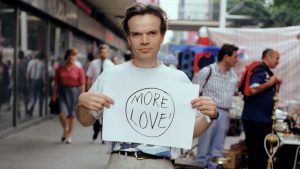
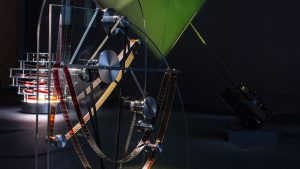
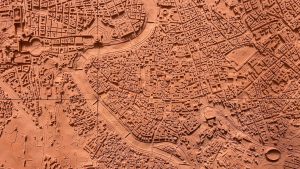



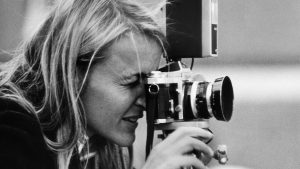

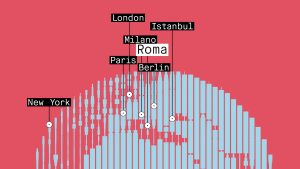
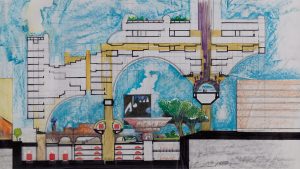
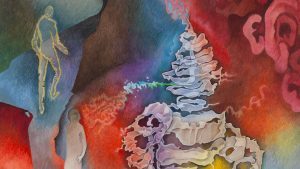

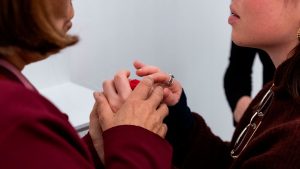
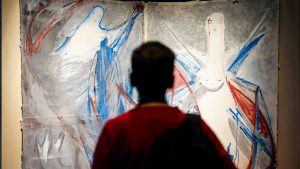
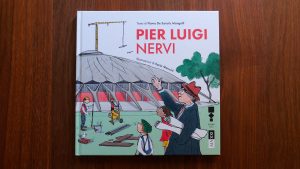
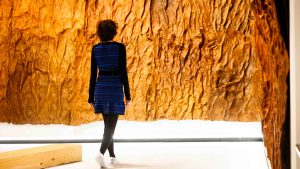
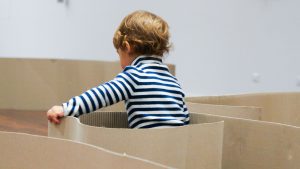
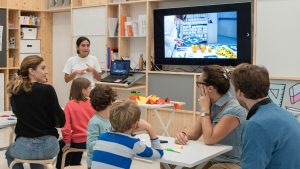
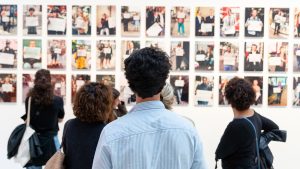
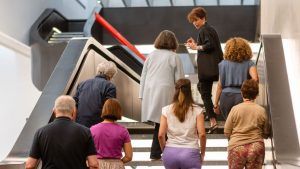
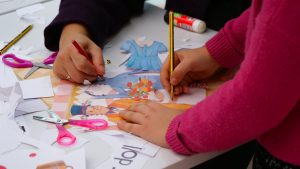


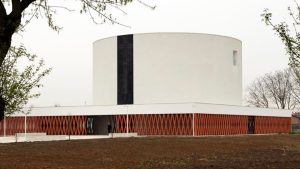

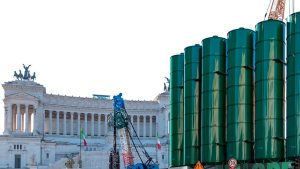

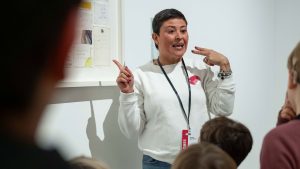



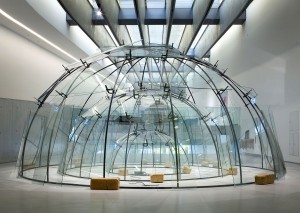
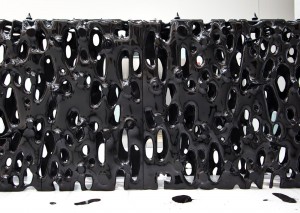
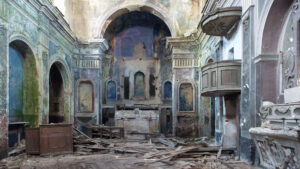


MAXXI Piazza
Born out of the need to react to the troubled atmosphere suffocating Rome during the years of terrorism and criminality, the Estate Romana, conceived and promoted by Renato Nicolini under the mayorships of Giulio Carlo Argan and Luigi Petroselli took cultural initiatives out of their traditional homes into the streets, the archaeological sites, the parks and the public space.
On the occasion of its 40th anniversary, the Estate Romana relives at MAXXI with the partial reconstruction of one of its most iconic locations
For the third edition of 1979, the architects Franco Purini and Laura Thermes were invited to transform the constellation of single initiatives into a coordinated project on an urban scale, the Parco Centrale, in order to extend the focus of Rome’s urban life well beyond the old circle of the Aurelian walls and to offer an initial response to the marginalization of the suburbs. One of the works that constituted the backbone of this ephemeral city (designed by U. Colombari, G. De Boni, F. Purini, D. Staderini, L.Thermes) was the Teatrino Scientifico in Via Sabotino.
An architecture composed of ephemeral projects, capable of creating appropriate settings for events and urban life
MAXXI, in collaboration with the Purini Thermes studio, is reconstructing in the museum piazza part of the original theatre, conceptually representing what Nicolini loved to call the Urban Marvel, “capable of producing movement, of formulating new hypotheses, of renewing culture and politics itself”: a project that, with a series of shows, conferences and workshops devoted to discussion of its heritage and its currency, celebrates the 40th anniversary of the first edition of the Estate Romana and underlines the potential of cultural and artistic activities as primary instruments of the redevelopment of the city and the communities that inhabit it.